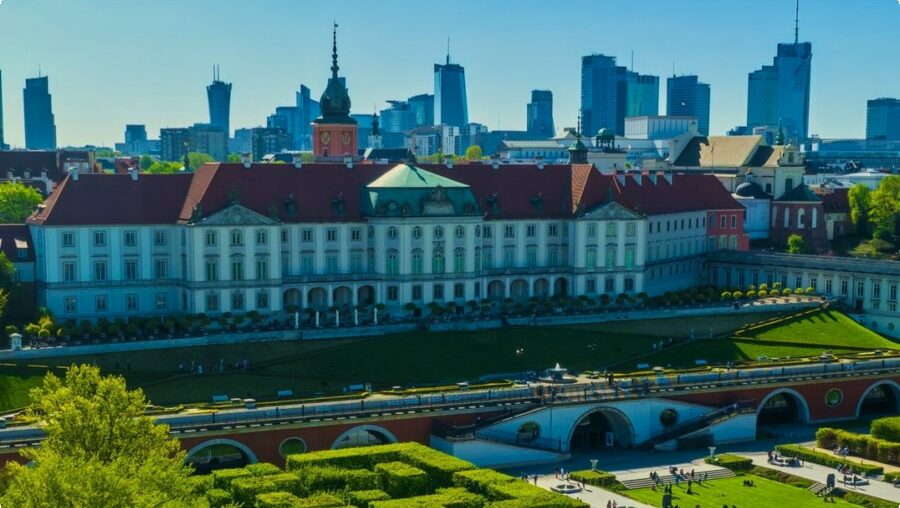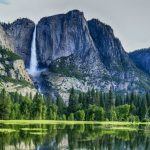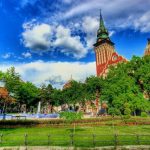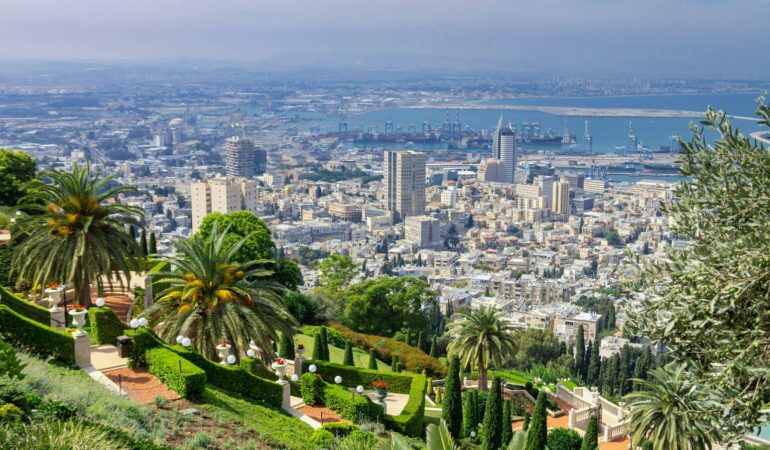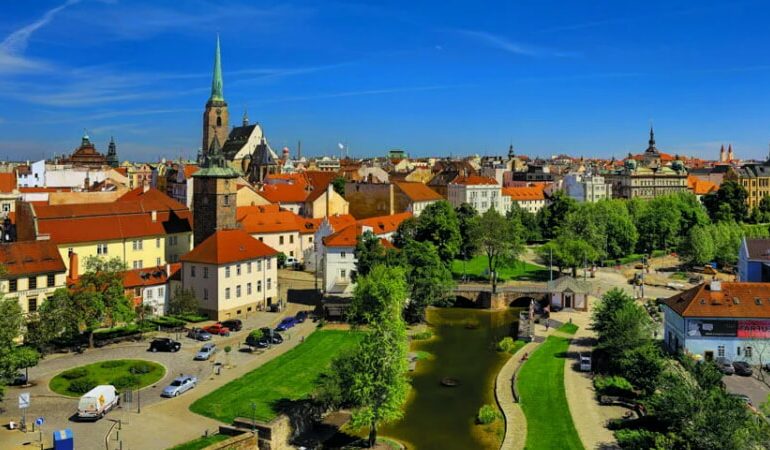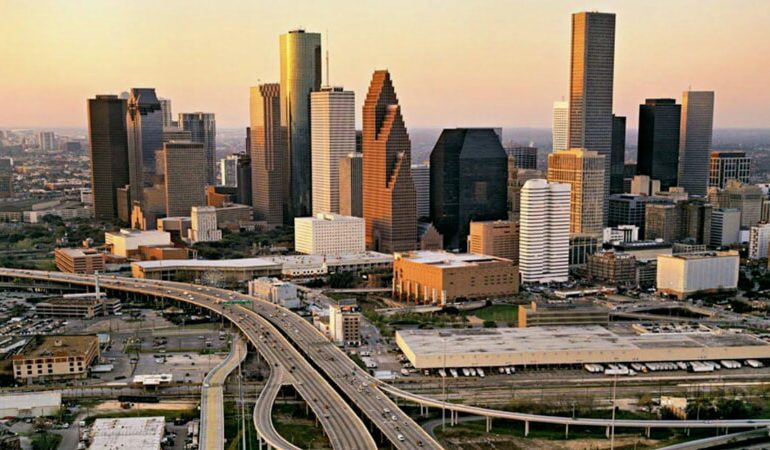Warsaw is a city that has been beating for centuries. That’s why you find here so many attractions and monuments, which are more than 100 years old. Warsaw has seen many changes in its history: it was destroyed by the Germans during World War II, but after the war became one of the most important cultural centres in Europe.
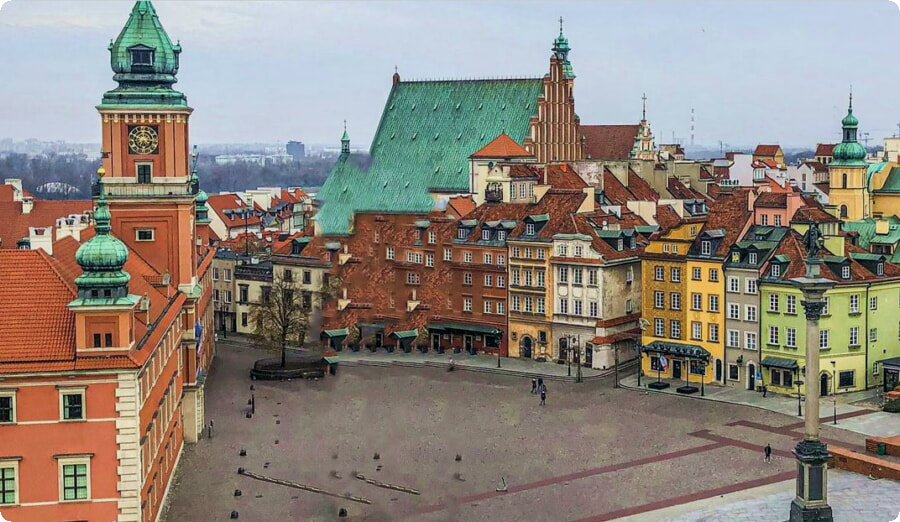
To explore the city you can drive through Warsaw at your own rhythm with a convenient car rental. You can enhance your Warsaw adventures by reserving excursions with expert local guides. And of course, don’t forget to choose among a variety of hotels to stay in advance.
Relaxing at the Vistula
The Vistula is the longest river in Poland and flows through Warsaw. It’s also a popular place to relax, so if you want to enjoy some time away from the hustle and bustle of city life, take a quick stroll along its banks. You’ll be able to see people kayaking on its waters or swimming in them–both activities which are great ways to relax after a long day!
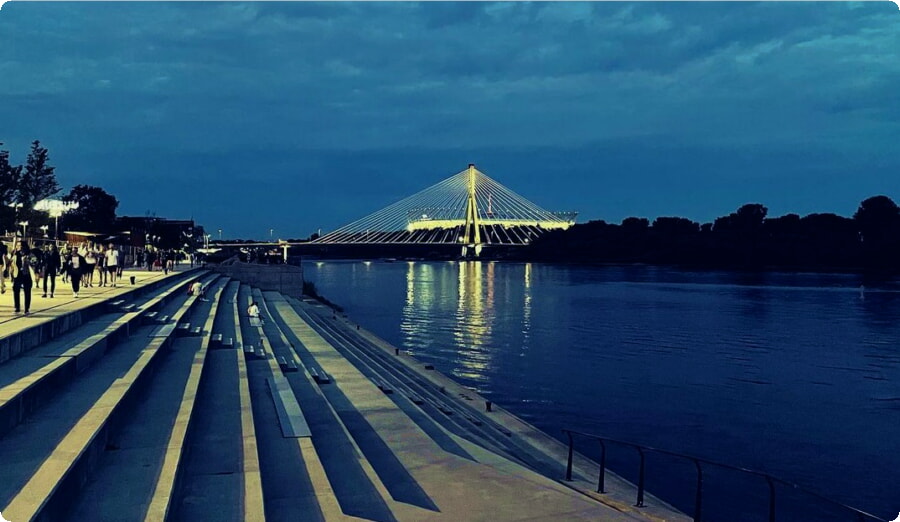
Chopin monument
Chopin was a famous composer and pianist, who lived in Warsaw from 1829 to 1835. He is buried in Père Lachaise Cemetery in Paris, but his monument can be found at Wilanów Park. This park is located just outside of city center and has beautiful gardens where you can relax on a bench or stroll around admiring the views over Warsaw’s old town skyline
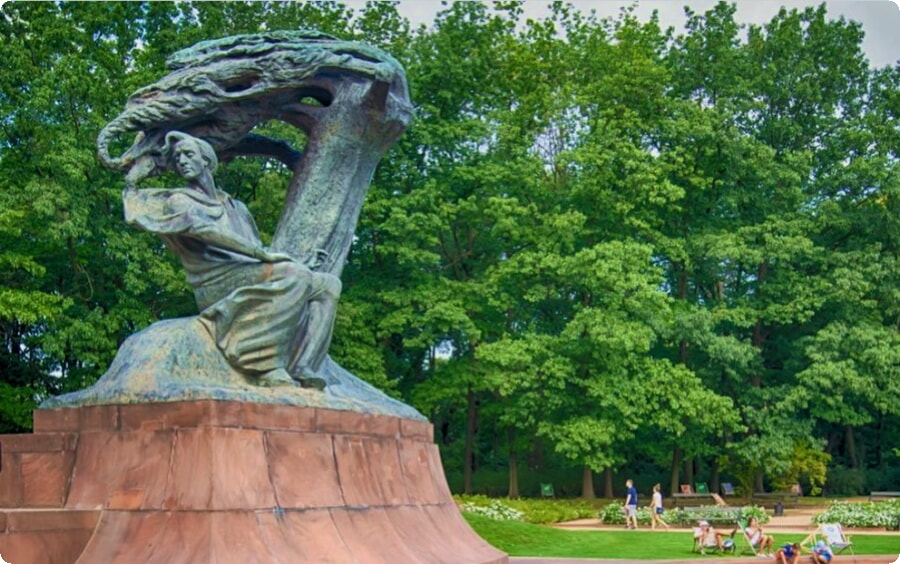
Warsaw’s Praga district
Praga is a district of Warsaw, located on the east bank of the Vistula River. It was once an independent city and has long been popular with tourists who come to visit its museums and galleries. The area’s architecture is unique, offering visitors something different from what they might find elsewhere in Poland. The area also has a rich cultural history that dates back hundreds of years; it was once home to many aristocratic families who built their homes there during Poland’s golden age in the 17th century. Today, Praga remains one of Warsaw’s most vibrant neighborhoods as well as being one of its oldest districts (it was founded in 1357).
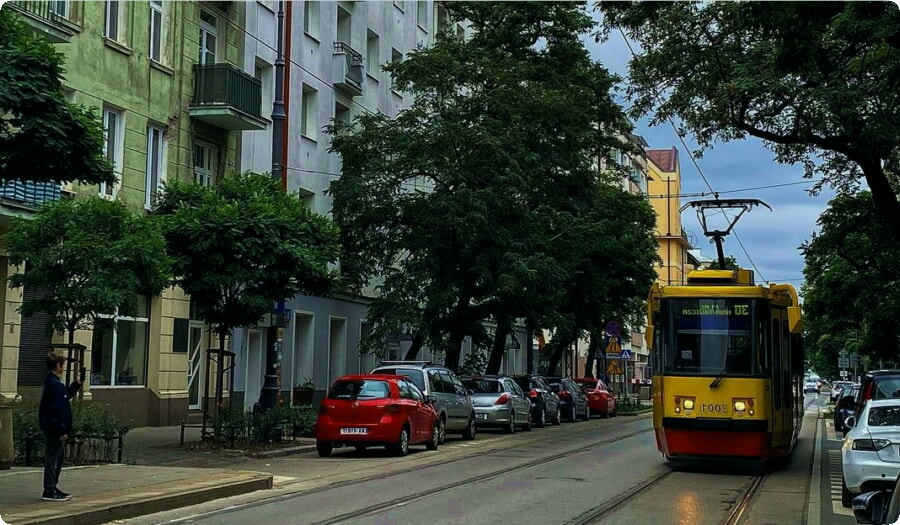
Try Warsaw cuisine
The capital city is famous for its cuisine, which is rich in meat and fish dishes. Try pierogi (dumplings), bigos (hunter’s stew), golabki (cabbage rolls) and barszcz czerwony (red borscht). If you’re looking for something sweet, Warsaw has a number of good restaurants serving cakes and pastries.

Warsaw Rising Museum
The Warsaw Rising Museum is dedicated to the Warsaw Uprising of 1944, which was one of the most tragic events in Polish history and marked a turning point in World War II. The museum is located in the former Bank of Poland building (now called ‘Bankowy’, meaning ‘Banking’). It has two permanent exhibitions: ‘Warsaw 1944’ and ‘From Ashes to Rebirth’. There are also temporary exhibitions that change every few months; these have included topics such as women during communism or Jewish life in Warsaw before WWII.
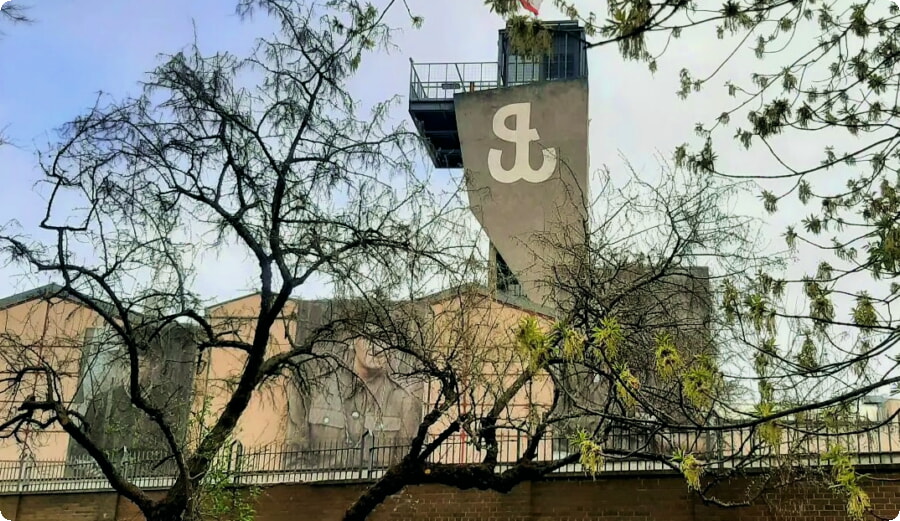
The museum features an information desk where you can buy tickets for admission, as well as an excellent cafe with delicious cakes and coffee (the perfect place for any sweet tooth). In addition, there is also a bookstore containing books about Polish history as well as other related topics such as architecture or photography
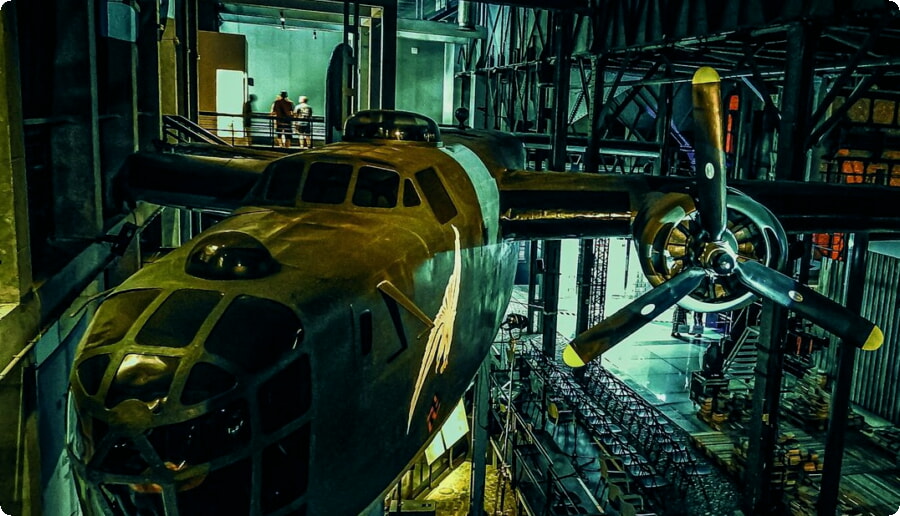
Palace on the Isle in Royal Łazienki
The Palace on the Isle is a neoclassical palace on an island in Warsaw’s Royal Łazienki Park. Built in the late 18th century as a summer residence for Polish monarchs, it’s known for its beautiful gardens and sculptures.
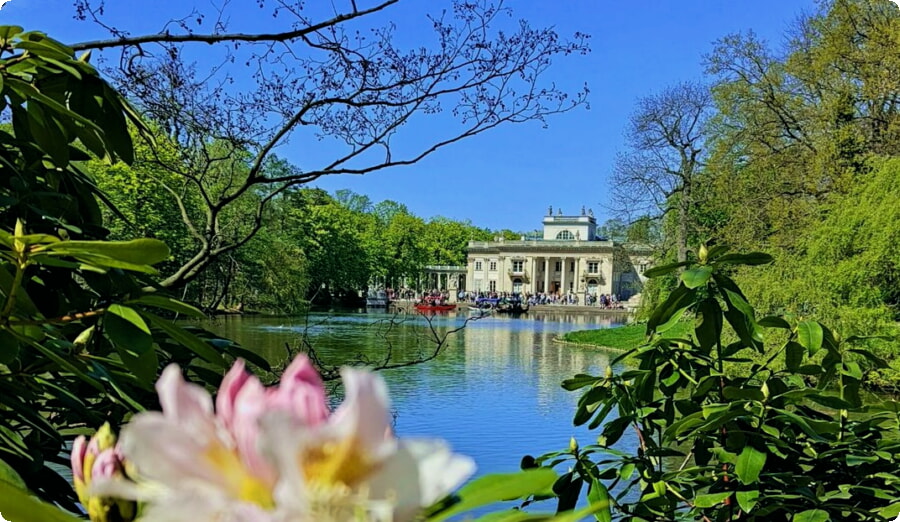
The Palace on the Isle was commissioned by King Stanislaw August Poniatowski after his return from France in 1764, where he had spent time at Versailles with his brother Louis XVI (who would later become king of France). Stanislaw wanted to create something similar here in Poland–a place where he could relax away from politics and entertain guests during summer months. He hired French architect Jean-Baptiste Bouquillon de L’Aubepine to design it; construction began in 1775 but wasn’t completed until 1787 due to funding issues caused by wars against Russia and Prussia during this period. The structure was originally built atop an artificial hill surrounded by waterfalls and ponds so that visitors could reach it by boat only at high tide; today there are no longer any boats available but visitors still can walk across bridges instead.
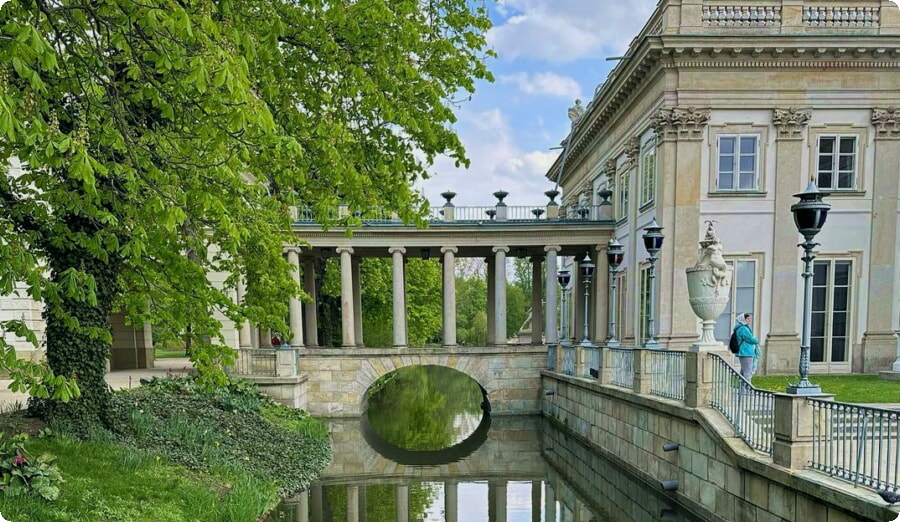
Poland’s capital is an energetic city that has a lot to offer.
Warsaw is a city that has been around for centuries and has a lot to offer. It’s an energetic city that is full of life, history and culture. If you are planning a trip there and want to know what all the fuss is about, then read on!

Warsaw is a dynamic city that has a lot to offer. It’s rich history and culture make it a great place to visit, but there are also plenty of things that you can do in Warsaw on your own. If you want something more adventurous then check out some of the activities listed above!

